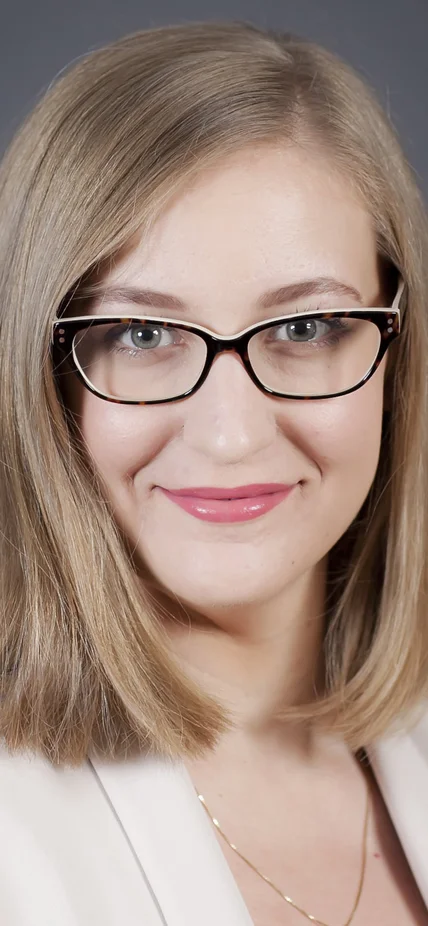What questions are you pursuing in your career?
When we think about our origins, we tend to think about exoplanet science—how Earth and our Solar System came to be—but we don’t know where the Milky Way came from, let alone the Solar System and the Earth. In order to better understand how we got here, I study galaxy formation and evolution by looking at the chemistry of distant star-forming galaxies. The Milky Way is easier to study, but it’s basically done forming. There are some new stars created every year, but it’s already got billions of stars, so it’s mostly done. The galaxies I study are 10 to 11 billion light-years away, which means we’re observing them as they were about 2 to 3 billion years after the Big Bang. These galaxies are still forming, so studying them helps us understand how we got to where we are right now.
How is your research done?
I use a young galaxy’s chemistry to map out when it formed its stars. Thanks to quantum mechanics, we know that every element has a specific spectral fingerprint—so if you disperse light from an element into a prism, you get a specific set of bright lines. I look at the light lines of the gases of distant star-forming galaxies. The gas around very young stars is like a giant cosmic light bulb; the hot and excited gases tell you the chemical makeup of the galaxies. Examining the conditions of the gas and measuring how many stars these early galaxies were forming gives us clues as to how the galaxies were building themselves.

What is one of your biggest discoveries?
Studying galaxy formation is challenging because galaxies only form once. In order to answer the questions about how galaxies are formed, we need to have a substantial number of young galaxies to study. As a grad student, I ran a large survey using the largest optical telescope on earth—at W. M. Keck Observatory—that increased the sample of galaxies with quality spectra in the distant universe by a factor of 10. I wrote the software that allowed us to analyze the galaxy spectra and now, for the first time, we’ve been able to start making measurements of galaxies’ chemistry at an early point in the universe’s history.
When did you realize you were interested in astronomy and what path did you take to get there?
I had no idea what I wanted to be when I grew up. I was generally a good student, but I didn’t really know what I wanted to do. I signed up for a mentorship program in my junior year of high school and on a whim I put down astronomy. I wound up shadowing Travis Rector, the only professional astronomer in Anchorage, Alaska—where I was at the time—and it was really a life-changing experience. He gave me a project to search for recurrent novae in core of M31 (which incidentally is what Hubble was doing when he discovered variable stars). That spring he took me observing to Kitt Peak National Observatory. We used a telescope that was .9 meters and it seemed huge and complicated and it was a beautiful piece of equipment. I decided that I just wanted to be observing all the time. While I was at the University of Arizona, I wound up working with a lot of extragalactic astronomers on different kinds of galaxy problems. I think I was always naturally interested in galaxies—it seemed very grand.
I’m now working with Dr. Rector again to develop programs that will help other high school students. We’re using the Swope Telescope at Las Campanas in Chile to look for asteroids whose orbits students can measure in order to practice the analysis that is an essential part of astronomy.
What has the Carnegie Fellowship meant to you?
I came here for the access to Magellan and the culture that values discovery and exploration. I think one of the things that can happen when resources become tight, like they have been recently in science, is that there is pressure to only fund projects where you know what you’re going to get from them. And that to me is almost antithetical to the golden age of astronomy and how we learned so much about the universe. We saw that the universe was weird and we sought to understand why. At Carnegie, people still go out and follow their intuition. You don’t have to fight for funding and there’s institutional access to observational resources, so you’re not trying to fight with everyone in the country for observation time. The demands on scientists’ time at other academic institutions, like teaching, don’t exist here. This can enable great things—things that take a long time. Obviously, you want to make sure you’re getting a return on the investment of research funds, but going out and trying to just figure out how the universe works is important because there’s so much we still don’t know. In that sense, Carnegie is a still a very unique place.

